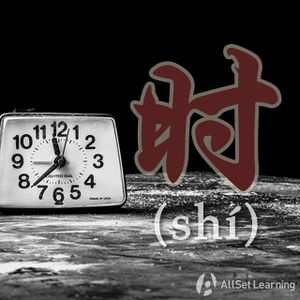Difference between revisions of "Expressing "when" using "dang""
| Line 14: | Line 14: | ||
<div class="liju"> | <div class="liju"> | ||
| − | * <em> | + | * <em>当</em> 。<span class="trans"></span> |
</div> | </div> | ||
Revision as of 09:50, 26 February 2020
| This article is a stub. Editors can help the Chinese Grammar Wiki by expanding it. |
当……时候(dāng... shíhou) means "when," very similar to just using 时候 or 时.
Structure
当 + Phrase (+ 时候),……
Examples
- 当 。
See also
Sources and Further Reading



